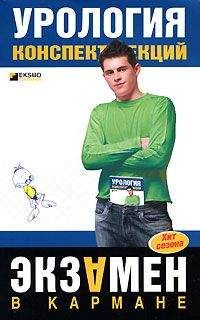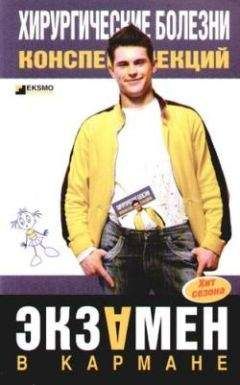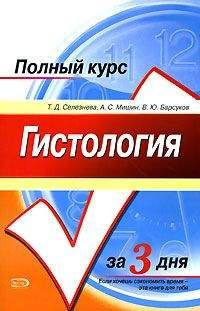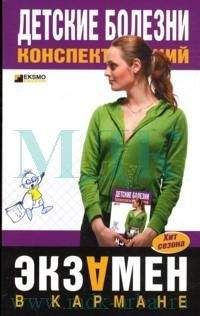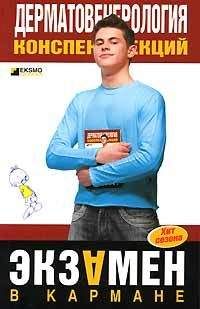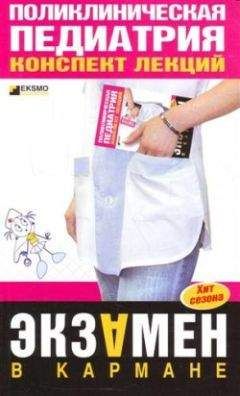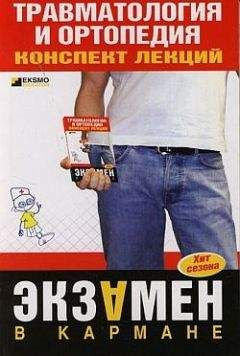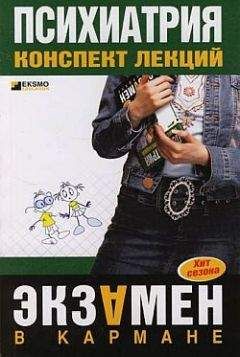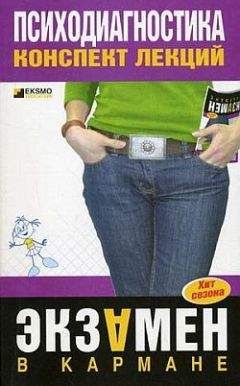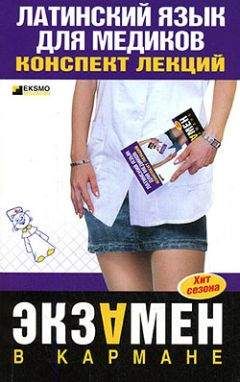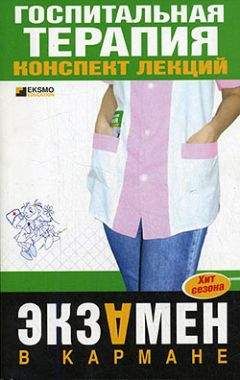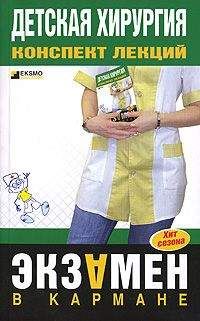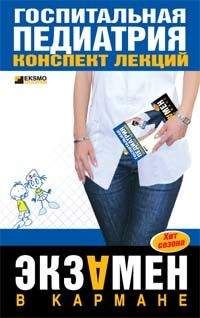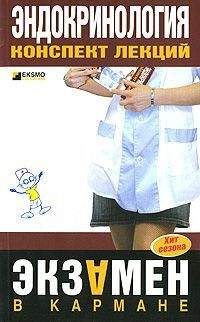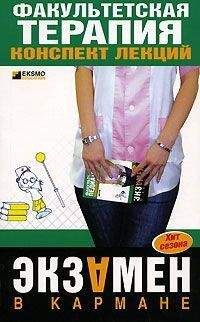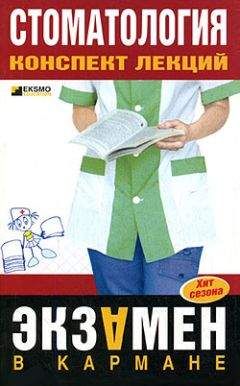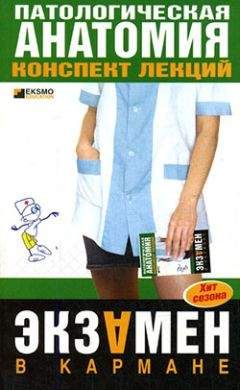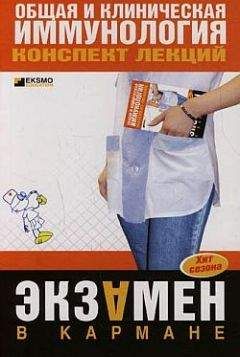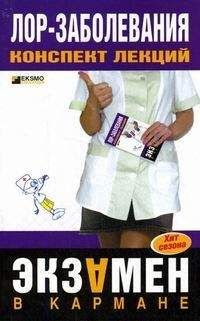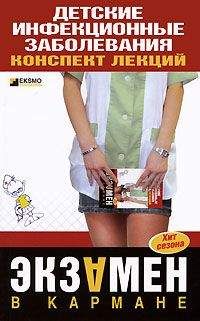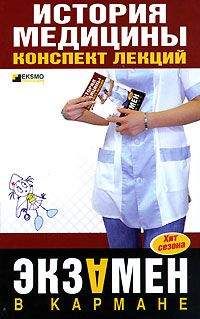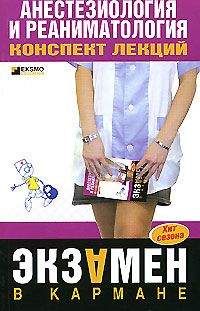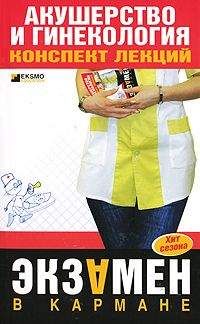Елена Беликова - Английский язык для медиков: конспект лекций
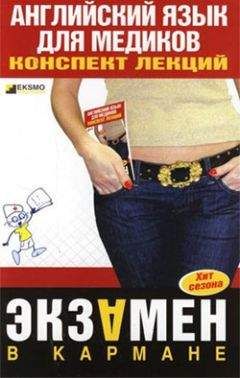
Все авторские права соблюдены. Напишите нам, если Вы не согласны.
Описание книги "Английский язык для медиков: конспект лекций"
Описание и краткое содержание "Английский язык для медиков: конспект лекций" читать бесплатно онлайн.
Представленный вашему вниманию конспект лекций предназначен для подготовки студентов медицинских вузов к сдаче экзамена. Книга включает в себя полный курс лекций по английскому языку, написана доступным языком и будет незаменимым помощником для тех, кто желает быстро подготовиться к экзамену и успешно его сдать.
Muscle tissue is composed of elongated cells which have the power of contracting or reducing their length. This property of contraction is ultimately a molecular phenomenon and is due to the presence of protein molecules. The following three types of muscle tissue occur in the body.
Smooth muscle tissue is found in sheet or tubes forming the walls of many hollow or tubular organs, for example the bladder, the intes tines of blood vessels. The cells forming this tissue are long spin dles with a central oval nucleus. They are usually packed together with all little connective tissue between them.
Striated muscle tissue is composed of cylindrical fibres often of great at length in which separate cells cannot be distinguished. Many small nuclei are found in the fibres lie just under the surface. Cardiac muscle resembles striated muscle in its structure, but smooth one in its action.
New words
tissue – ткань
group – группа
to work – работать
to do – делать
special – особенный, специальный
job – работа
water – вода
gas – газ
liquid – жидкость
epithelial – эпителиальный
layer – слой
muscle – мышца
to occur – встречаться
body – тело
flexible – гибкий
elastic – эластичный
nucleus – ядро
smooth – гладкий
fibre – волокно
cardiac – сердечный
Неопределенный артикль a (an) может употребляться только с исчисляемыми существительными, стоящими в единственном числе. Перед неисчисляемыми существительными или существительными во множественном числе неопределенный артикль опускается. Определенный артикль the употребляется и с исчисляемыми, и с неисчисляемыми существительными как в единственном, так и во множественном числе.
E. g. This is a book. The book is interesting (исчисляемое в единственном числе).
This is – meat. The meat is fresh (неисчисляемое).
These are – books. The books are good (множественное число).
Вставьте артикль, где необходимо.
1. This is… pen… pen is red.
2. These are pencils.. pencils are black.
3. This is… soup… soup is tasty.
4. In the morning I eat… sandwich and drink… tea.
5. She gave me… coffee and. cake.. coffee was hot and. cake was tasty.
6. Do you like… ice-cream?
7. I see… book in your… hand. Is… book interesting?
8. She bought… meat,… butter and… potatoes yesterday.
9. She also bought… cake… cake was very… tasty. We ate… cake with. tea.
10. This is… bag… bag is brown.
11. It is my sister's… bag.
12. And this is my… bag. It is… yellow.
13. This is. tree.. tree is green.
14. I can see… boys… boys are playing.
15. I have.bicycle… bicycle is black. My friend has no… bicycle.
16. Our… room is large.
17. We wrote… dictation yesterday… dictation was long.
18. She has two… daughters and one… son. Her… son is… pupil.
19. My… brother's… friend has no… dog.
20. This… pencil is broken. Give me that… pencil, please.
21. She has… ball… ball is… big.
22. I got… letter from my… friend yesterday… letter was interesting.
Answer the questions.
1. What is tissue?
2. What are the tissues made of?
3. How many per cents of water do the cells contain?
4. What is dissolved in water?
5. What reactions are necessary for proper body function?
6. What substance is called tissue fluid?
7. How many groups are in the tissue classification?
8. What is lining cellular layer called?
9. What cells form the nervous tissues?
10. Where is smooth muscle tissue found?
Make the sentences of your own using the new words (10 sentences).
Find the definite and indefinite articles in the text.
Find one word, which is a little bit different in meaning from others (найдите одно слово, которое немного отличается от других по смыслу):
1) a) tissue; b) body; c) pen;
2) a) water; b) cell; c) circle;
3) a) muscle; b) arm; c) cold;
4) a) elastic; b) smooth; c) brick;
5) a) fibre; b) cardiac; c) line.
ЛЕКЦИЯ № 3. Epidermis
The integument consists of the skin (epidermis and dermis) and associated appendages (sweat glands, sebaceous glands, hairs, and nails). Considered the largest body organ, the integument comprises approximately 16% of total body weight. It is a highly specialized organ that functions to protect the body from injury, desiccation, and infection. It also participates in sensory reception, excretion, thermoregulation, and maintenance of water balance.
Epidermis is the outermost layer of the integument. It is a stratified squamous epithelial layer of ectodermal origin.
Layers of the epidermis from deep to superficial consist of four strata. Stratum basale (stratum germinativum) is a proliferative basal layer of columnar-like cells that contain the fibrous protein keratin. Stratum spinosum is a multilaminar layer of cuboidal-like cells that are bound together by means of numerous cytoplasmic extensions and des-mosomal junctions.
Stratum granulosum consists of flat polygonal cells filled with ba-sophilic keratohyalin granules. Viewed at the electron microscopic level, these cells also contain numerous mem brane-coating granules. Stratum corneum is the superficial stratum of dead cells and consists of several to many layers of flat, anucleated, and cornified (kerati-nized) cells. In the epidermis of the palms and soles, a thin, transitional zone of flat eosinophilic or pale-staining anucleated cells may occur as the stratum lucidum. This layer is found only in regions with a thick strata corneum.
Cells of the epidermis: keratinocytes are the most numerous and are responsible for the production of the family of keratin proteins that provide the barrier function of the epidermis.
Melanocytes are derivatives of neural crest ectoderm. They are found in the dermis and are also scattered among the keratinocytes in the basal layers of the epidermis. These dendritic cells produce the pigment melanin in the form melanosomes that are transferred to kerati-nocytes.
Langerhans cells are dendritic cells but are members of the immune system and function as antigen-presenting cells. They have also been found in other parts of the body, including the oral cavity and lymph nodes.
Merkel cells are found in the basal epidermis and appear function in concert with nerve fibers that are closely associated with them. At the electron microscopic level, their cytoplasm contains numerous membrane-bound granules that resemble those of catecholamine-pro-ducing cells.
New words
epidermis – эпидермис
dermis – дерма
largest – самый большой
approximately – приблизительно
weight – вес
to protect – защищать
injury – рана
cytoplasmic – цитоплазматический
several – несколько
level – уровень
flat – плоский
palm – ладонь
thick – толстый
pigment – пигмент
melanin – меланин
nerve – нерв
closely – тесно
Запомните следующие словосочетания, в которых артикль не употребляется.
1) at – school;
2) at – home;
3) at – work.
Вставьте артикль, где необходимо.
1. I have two… sisters. My… sisters are… students.
2. We are at… home.
3. My… brother is not at… home, he is at. school.
4. My. mother is at… work. She is… doctor.
5. I am not… doctor.
6. I have no… sisters.
7. He is not… pilot.
8. I have thirty-two… teeth.
9. He has. child.
10. She has two… children. Her children are at… school.
11. Is your father at… home? – No, he is at… work.
12. Where is your… brother? – He is at… home.
Answer the questions.
1. What is epidermis?
2. What is the largest body organ?
3. How many per cents does the integument comprise of total body weight?
4. What is the main function of the integument?
5. Where it also participates in?
6. What is the outermost layer of the integument?
7. What is stratum granulosum consists of?
8. Where is the a thin, transitional zone of flat eosinophilic?
9. What keratin proteins provide?
10. What cells produce the pigment melanin?
Make the sentences of your own using the new words (10 sentences).
Find the definite and indefinite articles in the text.
Find one word, which is a little bit different in meaning from others (найдите одно слово, которое немного отличается от других по смыслу):
1) a) rain; b) epidermis; c) dermis;
2) a) weight; b) person; c) poster;
3) a) palm; b) foot; c) shoes;
4) a) brush; b) pigment; c) skin;
5) a) lash; b) wound; c) injury.
ЛЕКЦИЯ № 4. Dermis
Dermis is a connective tissue layer of mesodermal origin subjacent the epidermis and its basement membrane. The dermis-epidermal junction, especially in thick skin, is characterized by numerous papillary interdigitations of the dermal connective tissue and epidermal epithelium. This increases the surface area of attachment and brings blood vessels in closer proximity to the epidermal cells. The epidemis, like epithelia in general, is devoid of blood vessel. Histologically, der-mis consists of two identifiable regions.
Papillary layer, associated principally with the dermal papillae, is the most superficial layer. It consists of a loosely packed, irregular meshwork of collagen fibrils that contain fine blood vessels and nerve endings.
Reticular layer is the deeper dermal layer and consists of coarse collagen bundles intertwined with elastic fibers in a gel matrix. This layer is a typical dense irregular connective tissue.
HYPODERMIS: this layer of loose vascular connective tissue is infiltrated with adipocytes and corresponds to the superficial fascia of gross anatomy. However, since it contains the deepest portions of the cutaneous glands and hairs, it is also an important part of the skin. The hypodermis fastens the skin to underlying muscles and other structures.
New words
dermis – дерма
connective – соединительный
membrane – мембрана
junction – соединение
to be characterized by – характеризоваться чем-то
numerous – значительный
to increase – увеличивать
surface – поверхность
area – площадь
bring – приносить
to consists of – состоять из
to contain – содержать
collagen – коллагеновый
Если перед существительным употребляется прилагательное, оно стоит между артиклем и существительным.
E. g. This is a book. This is a good book.
Вставьте артикль, где необходимо
1. We have… large… family.
2. My granny often tells us… long… interesting… stories.
3. My… father is… engineer. He works at… factory… factory is large.
4. My… mother is… doctor. She works at… large. hospital. She is at… work now.
5. My… aunt is… teacher. She works at… school… school is good. My… aunt is not at… school now.
6. She is at… home. She is drinking… tea and eating… jam… jam is sweet.
7. I am at home, too. I am drinking… tea and eating… sandwich… sandwich is tasty.
8. My sister is at… school. She is… pupil.
9. My cousin has… big… black… cat. My cousin's… cat has two… kittens.
10… cat likes… milk… kittens like… milk, too.
11. I am… engineer.
12. My… son is… pupil.
13. He is… good… pupil.
14. This is… house.
15. This is my… pencil.
16. You have some… pen cils, but I have no… pencil. Give me… pencil, please.
17. I like your… beautiful… flower. Give me… flower, please.
18. My… mother is at… home. She is reading… interesting… book.
19. My… father is not at… home. He is at… work. He is… doctor.
20. He is… good… doctor. He works at… hospital… hospital is large.
Answer the questions.
1. What is dermis?
2. What does dermis consist of?
3. What is the dermis-epidermal junction characterized by?
4. What increases the surface area of attachment?
5. What is the epidemis devoid of?
6. What is principally associated with the dermal papillae?
7. What is reticular layer consists of?
8. What is typical dense irregular connective tissue?
9. What does epidermis consists of?
10. What contains the deepest portions of the cutaneous glands?
Make the sentences of your own using the new words (10 sentences).
Find the definite and indefinite articles in the text.
Find one word, which is a little bit different in meaning from others (найдите одно слово, которое немного отличается от других по смыслу):
1) a) skin; b) knife; c) dermis;
2) a) fire; b) membrane; c) cell;
3) a) connective; b) collagen; c) table;
4) a) nose; b) book; c) mouth;
5) a) ear; b) throat; c) skirt.
ЛЕКЦИЯ № 5. Cutaneous appendages
Cutaneous appendages are all derivatives of the epidermis.
Eccrine (merocrine) sweat glands are simple, coiled, tubular glands that are widely distributed over the body. Secretory portions are tightly coiled and consist of a single layer of columnar-like pyramidal cells. They extend deep with in the dermis or hypodermis, where they are surrounded by myoepithelial cells, which aid in the discharge of secretion by contraction.
Duct portions, composed of two cuboidal cell layers, are corkscrew-shaped and open onto the epidermal surface. The luminal diameter of the duct is less than that of the secretory coil. These glands are important in thermal regulation. When hypotonic sweat is released onto the body surface, heat is lost by water evaporation.
Подписывайтесь на наши страницы в социальных сетях.
Будьте в курсе последних книжных новинок, комментируйте, обсуждайте. Мы ждём Вас!
Похожие книги на "Английский язык для медиков: конспект лекций"
Книги похожие на "Английский язык для медиков: конспект лекций" читать онлайн или скачать бесплатно полные версии.
Мы рекомендуем Вам зарегистрироваться либо войти на сайт под своим именем.
Отзывы о "Елена Беликова - Английский язык для медиков: конспект лекций"
Отзывы читателей о книге "Английский язык для медиков: конспект лекций", комментарии и мнения людей о произведении.






